Dharamshala, 11th August: Local officials in Gansu Province forcibly removed monks and nuns and forced them to forsake their monastic life in order to close down the Tibetan monastery Kharmar (Ch: Hongcheng) Monastery, according to recent video evidence.
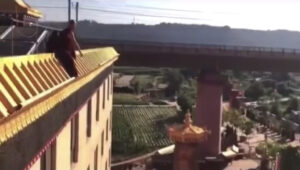
According to Mingde, the forcible eviction and closure of Kharmar Monastery began on July 31, 2021, when the Yongjing County administration dispatched huge numbers of police to carry out the expulsion of the monastery’s monks and nuns. It happened just a few days after Xi Jinping’s visit to Tibet on July 21 and 22.
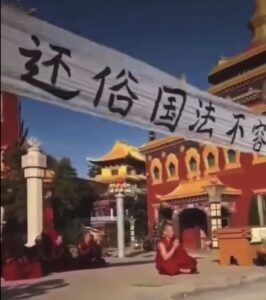
Videos that are alarming:
Videos of the occurrences were widely circulated on social media sites. Nuns are seen praying while holding a sit-in protest in front of the monastery under a large banner in one of the videos. “Forcible removal of the monastic community is not tolerable by national law,” reads a banner hung by the sisters.
Another video shows dozens of nuns being hauled outside the temple by plain-clothes detectives, while others are seen leaving the monastery’s assembly hall. Nuns were seen crying in another video, while an elderly lama walked by, comforting the bereaved nuns. Another horrifying video shows a monk standing on the brink of the monastery’s roof, threatening to plunge if officials did not “go away.”
The exact reasons for the monastery’s abrupt closure are unknown, as attempts by Radio Free Asia to obtain information from Yongjing County officials were met with denials and refusals to comment on the subject. The monastery has raised and donated over 300,000 yuan for the Covid-19 relief fund, according to Mingde. This drew the attention of the local authorities, who requested that the monastery divide its wealth equally with the government. The local authorities arrived in plain clothes to close off the monastery when the monastic community refused to comply.
a well-known monastery:
According to the International Campaign for Tibet, Kharmar is located in the Linxia Hui Autonomous Prefecture, which borders the Kanlho Tibetan Autonomous Prefecture. Kharmar literally means “red fort” in Tibetan. When it was part of the Tibetan Empire in the past, the area was known as Gachu in Tibetan.
A pagoda was built on that site under the Mongol Empire, under the edict of Kublai Khan in the 13th century, to honor Drogon Chogyal Phagpa, the fifth leader of the Sakya school of Tibetan Buddhism. The pagoda was later replaced by the Kharmar Monastery. During Mao Zedong’s Cultural Revolution, both the pagoda and the monastery were demolished. In 2011, it was reconstructed. The monastery practices the Sakya school of Tibetan Buddhism, which is one of the four schools of Tibetan Buddhism.
Source: tibet.net
– Filed by UN, EU, and Human Rights desk

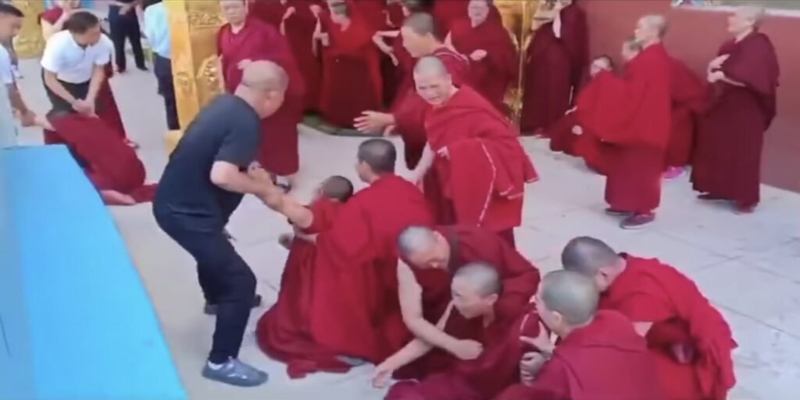
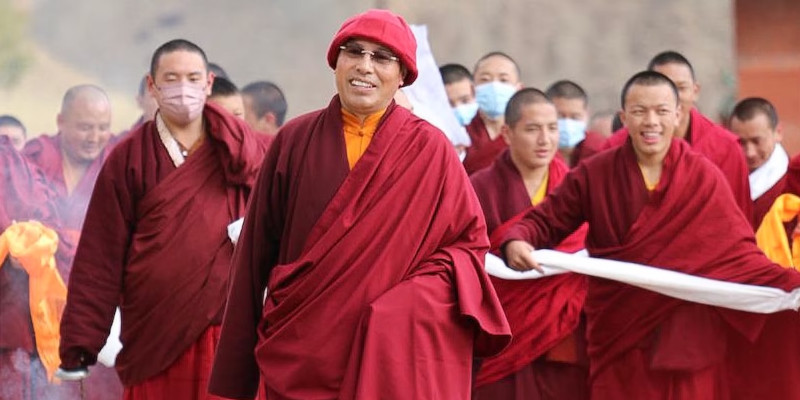
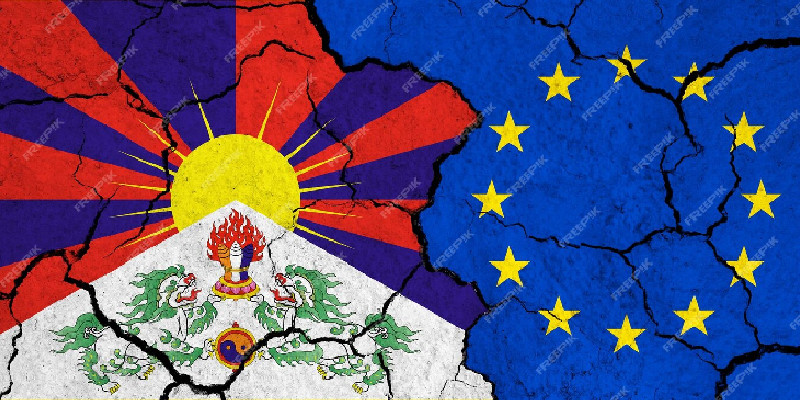
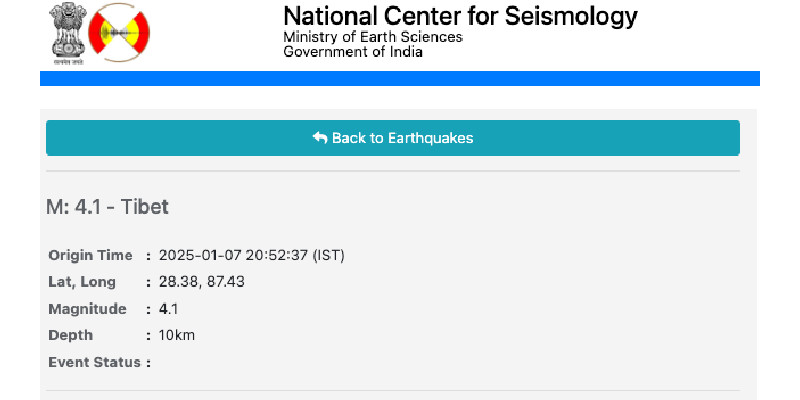
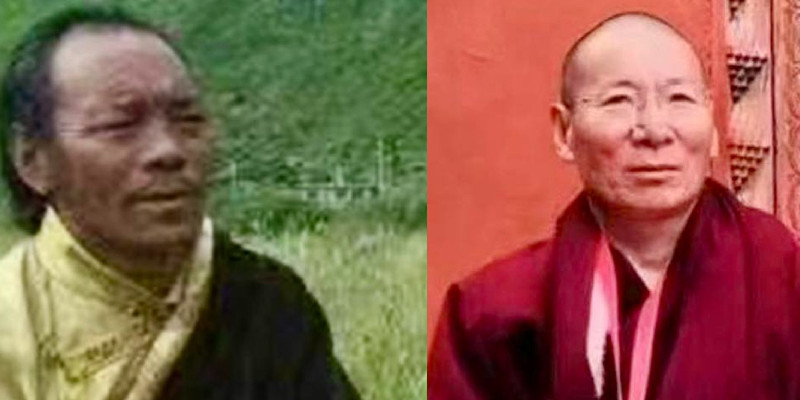
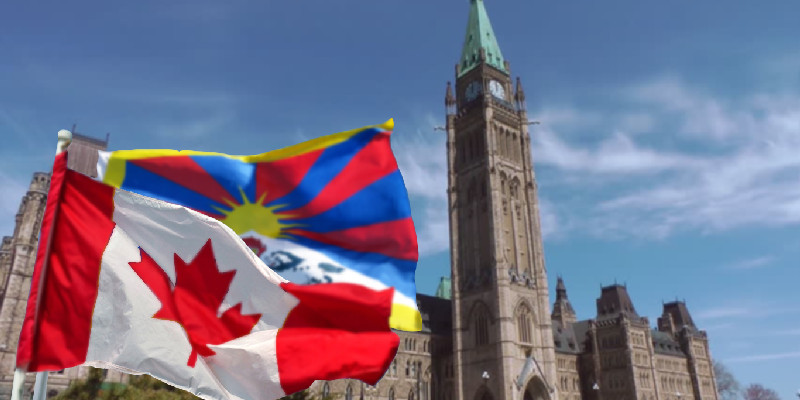
Leave a Reply